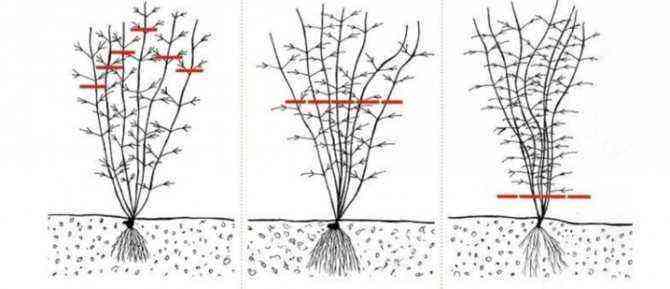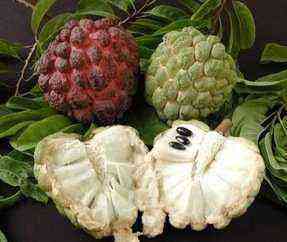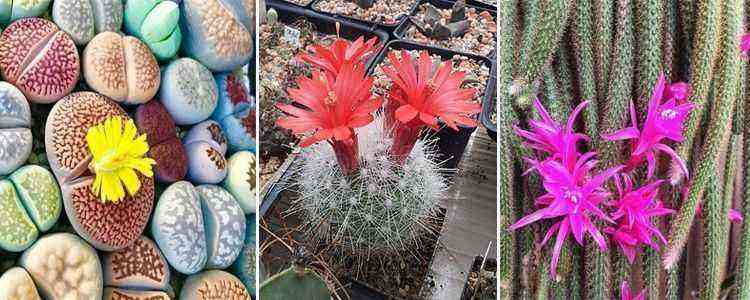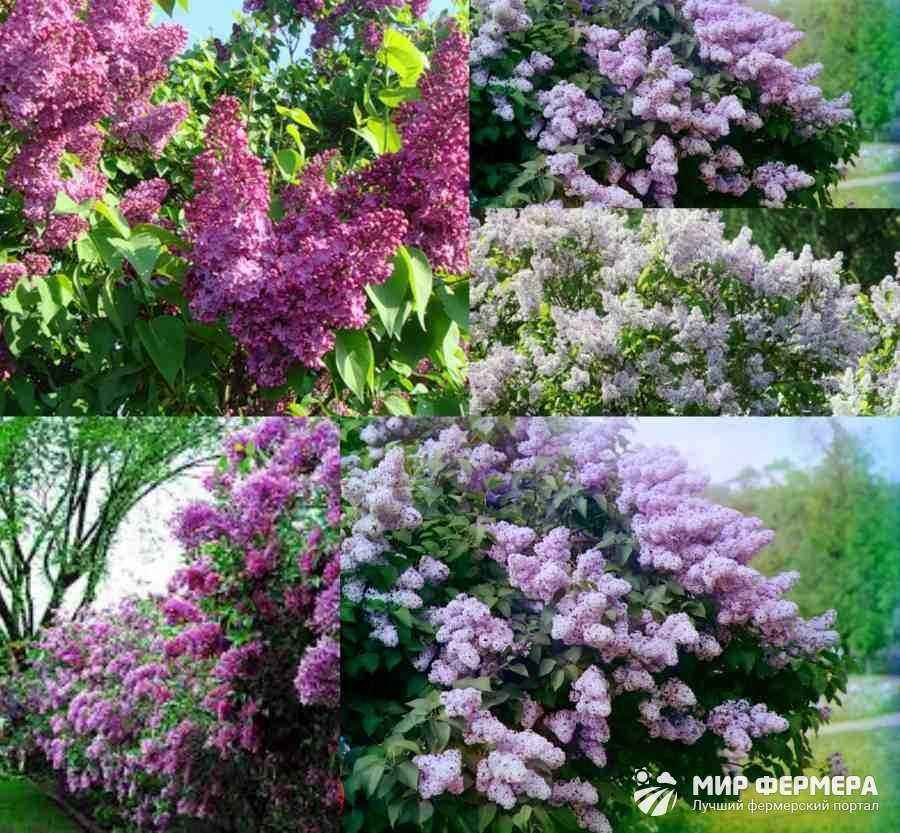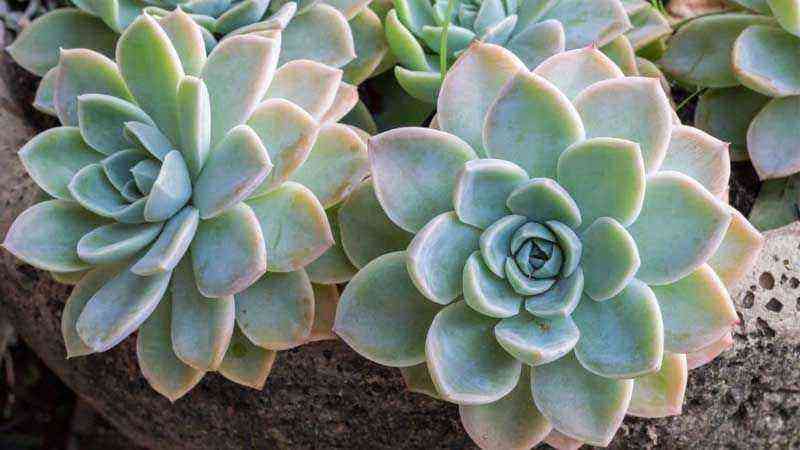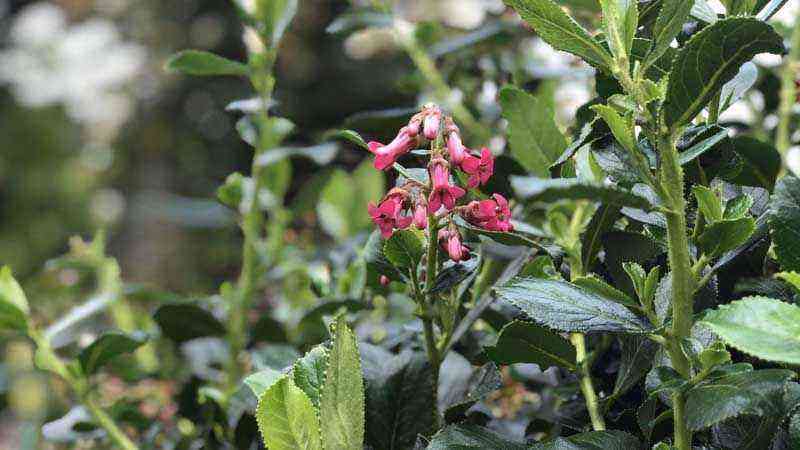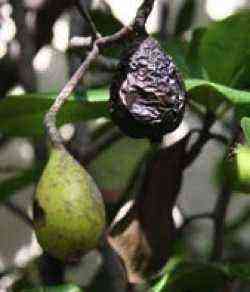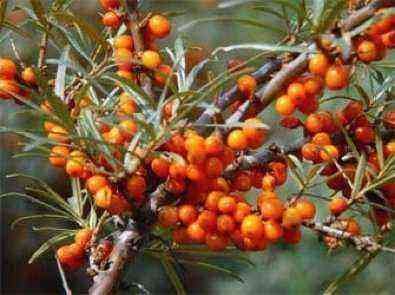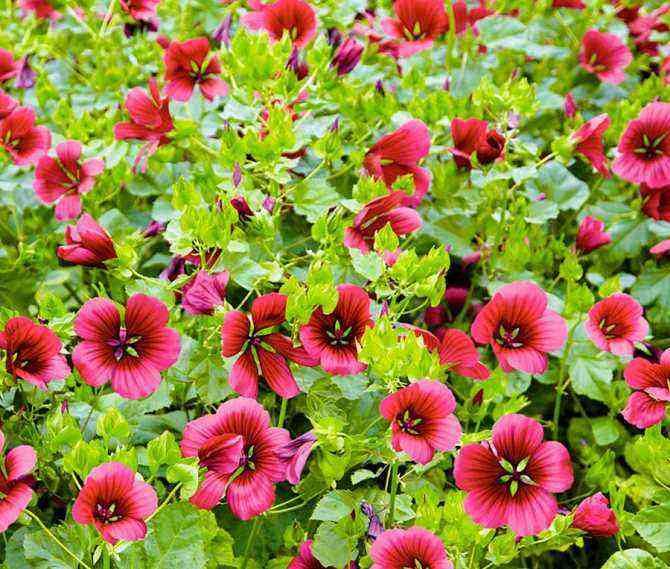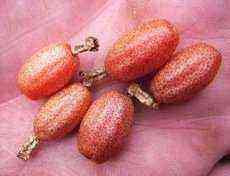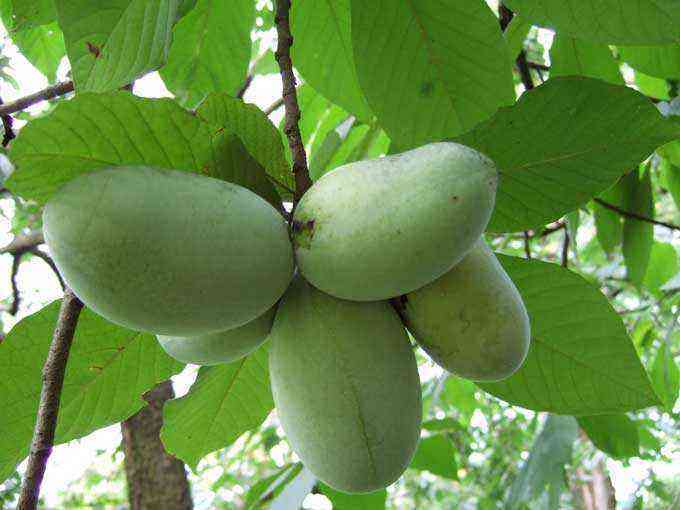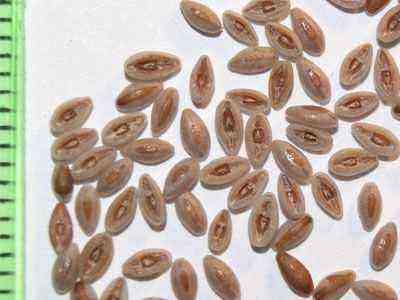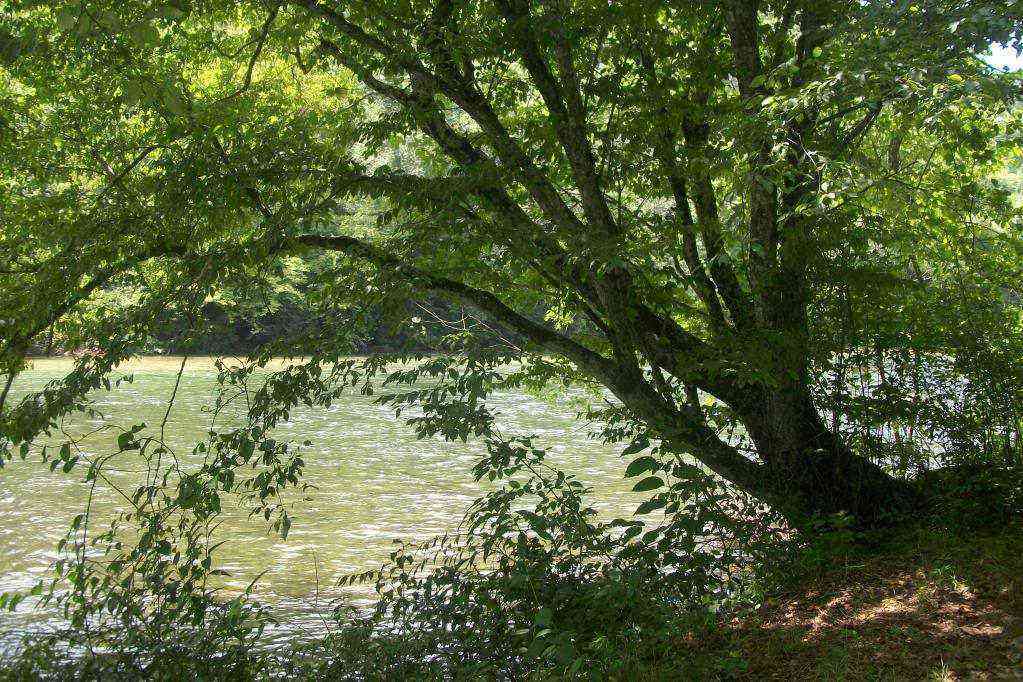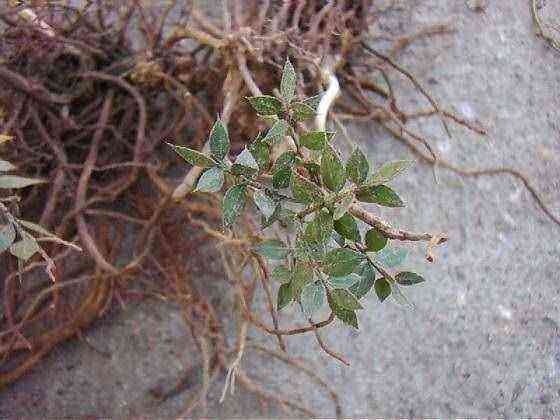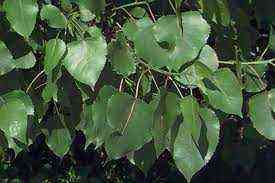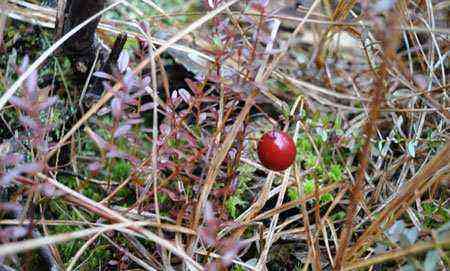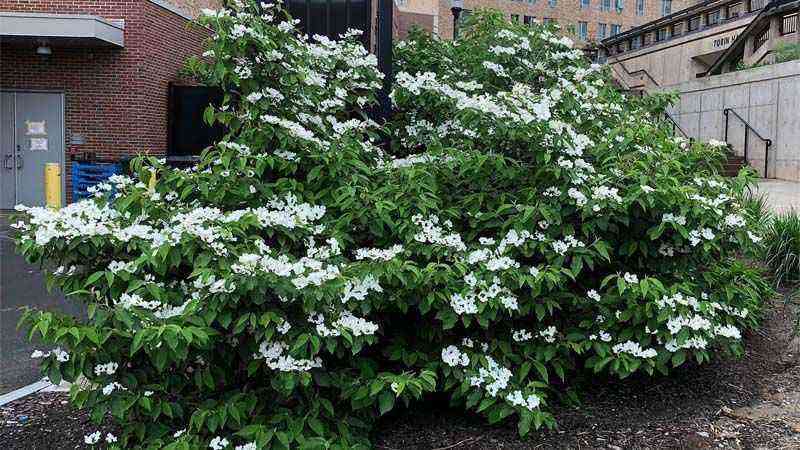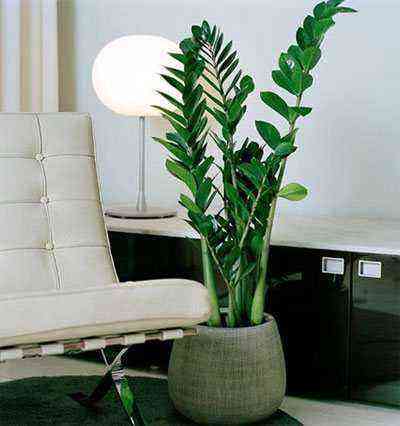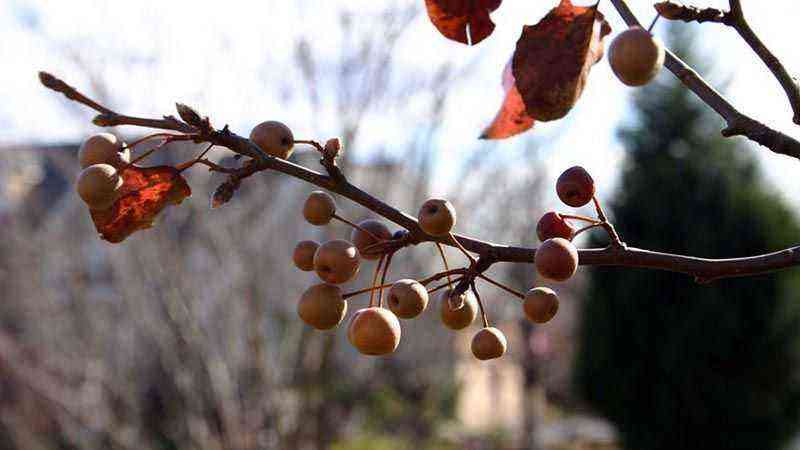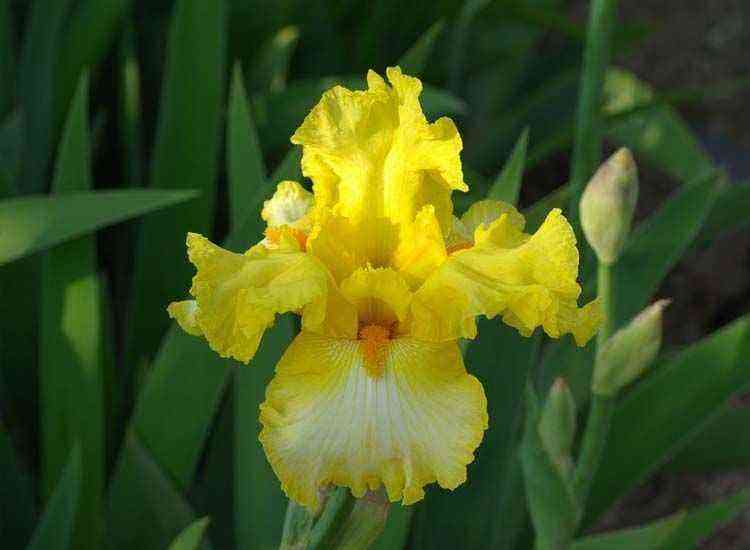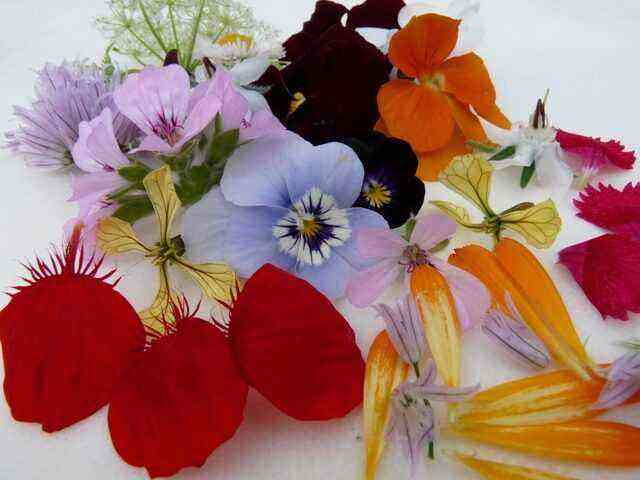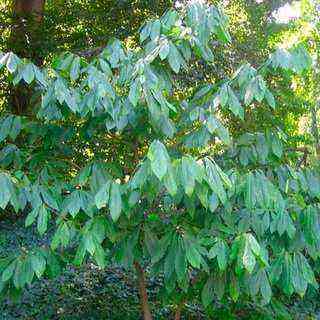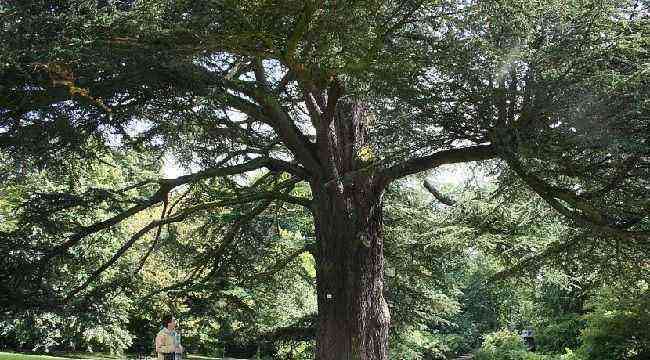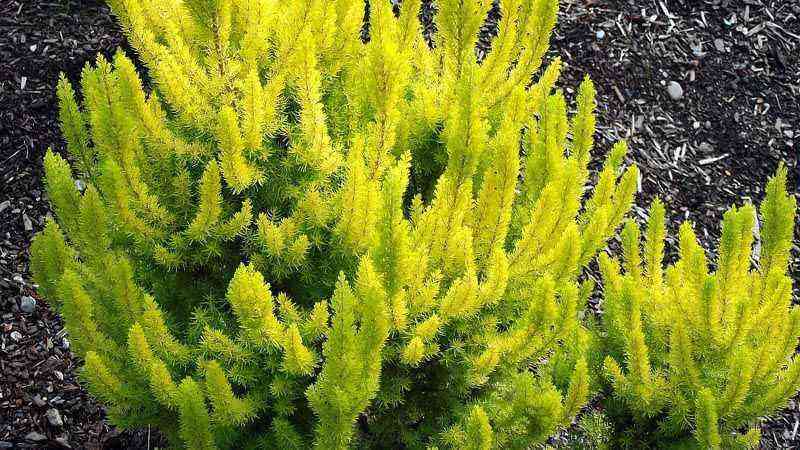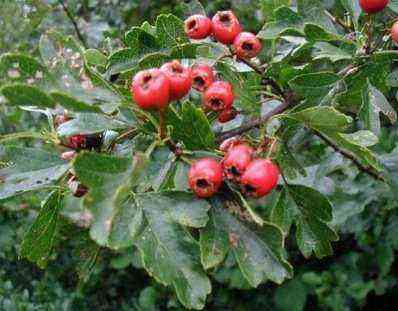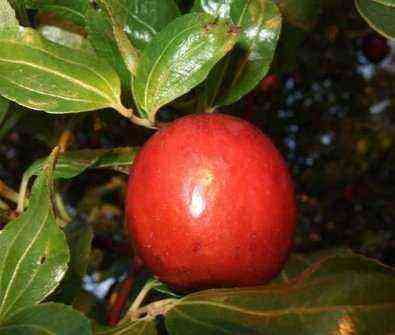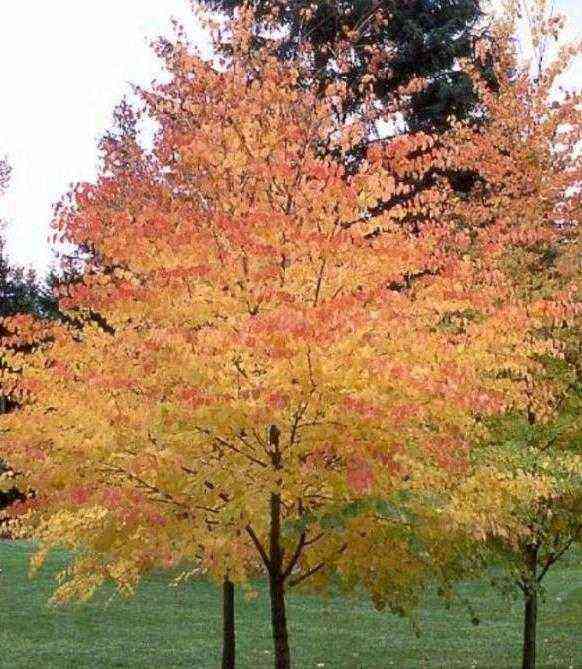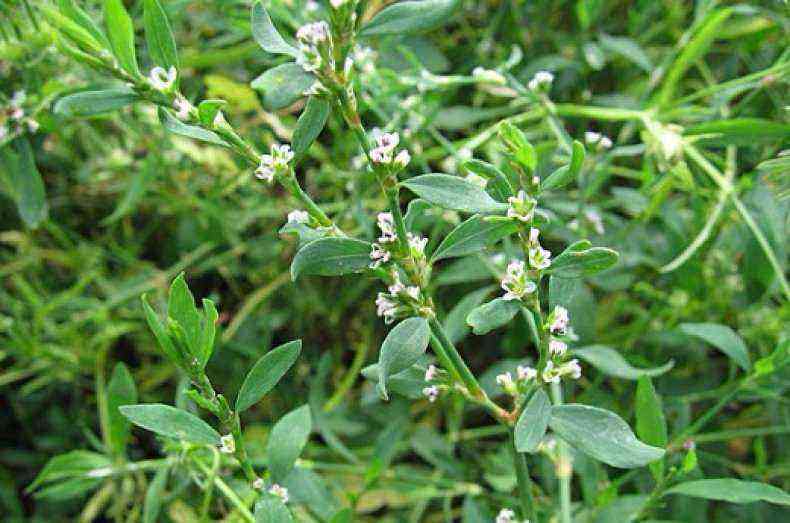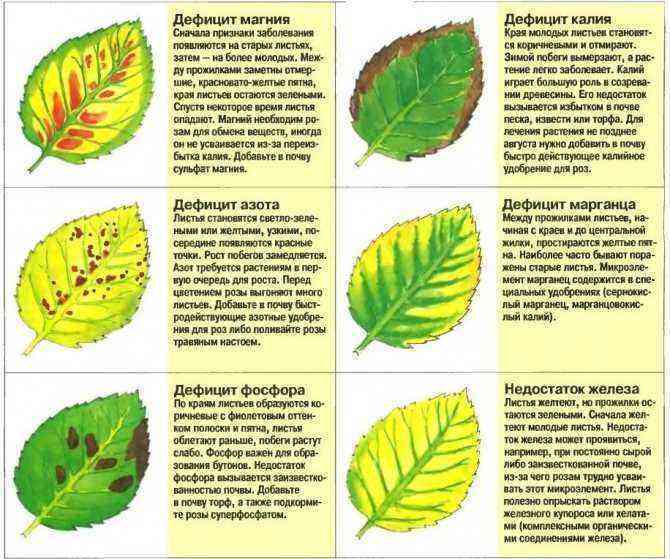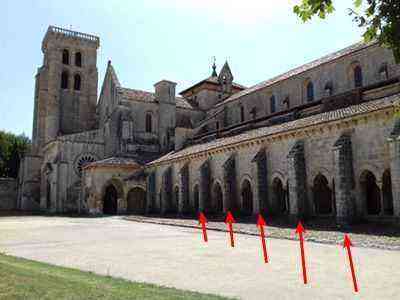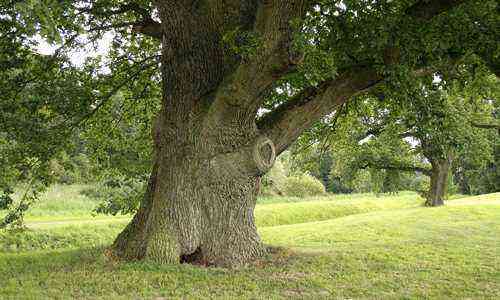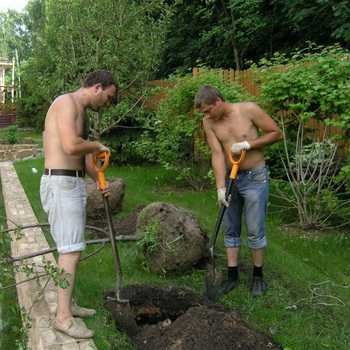
The organization of any garden begins with trees. Planting fruit trees and shrubs in spring is the best option, although this can be done both in summer and autumn. One of the main advantages of spring planting of seedlings of fruit trees is that over the summer it manages to develop the root system, bark, which makes it better tolerates the first wintering. After planting seedlings, it is necessary to fertilize them with substances that stimulate the growth and development of plants.
The main goal of the gardener is to grow healthy and beautiful trees that yield good yields and are pleasing to the eye. In order to plant a tree, you need to dig a planting hole. Its depth and diameter depend on the species, variety and age of the seedling. When planting seedlings of fruit trees in the spring, the removed soil of the upper fertile layer is placed separately from the underlying soil. Add 10-12 kg of humus to the ground of the upper layer, mix thoroughly, after which part of the mixture is poured onto the bottom of the pit with a slide. You can add mineral fertilizers for fruit trees in the amount indicated in the instructions. In order to tie the seedling after planting fruit trees on the site, a peg is inserted into the hole in the center, which should rise above ground level to a height of at least 1 m.
Having lowered the seedling into the hole, you need to carefully spread its roots along the poured hill of earth. The rest of the fertile layer (with compost and fertilizer) should be poured on top of the roots. After that, the seedling is well watered (1-2 buckets of water) and the bottom layer soil is poured on top. The ground around the tree is carefully tamped, and the seedling is tied to a peg. Do not forget to observe the optimal distance when planting fruit trees, so that they will not be crowded later.
The principle of planting seedlings of fruit bushes is similar, but the pit needs to be made smaller. It is recommended to sprinkle a pile of earth around the trunk to prevent freezing out of poorly established roots.
Planting and caring for fruit tree seedlings is not as difficult as it might seem at first glance. It is recommended to plant fruit trees under the protection of others, more frost-resistant, such as mountain ash or spruce. A number of protective plantings are positioned to protect the garden from the cold winds in winter. Buildings can also act as such protection.
In spring, planting of fruit trees such as apple, pear, plum and cherry is recommended.
How to plant apples and pears on the site
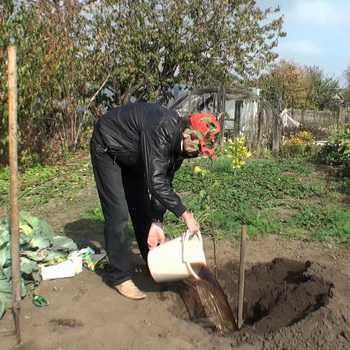
In pears, frost resistance is higher, especially in zoned varieties, but the pear will soak faster than the apple tree, therefore, fruit trees on swampy soils should not be planted in a planting hole, but on a hill, which is poured in advance. When planting apple trees and pears, any soil, compost, peat, sand, can be used as a starting material for such a hill. Broken red bricks, fragments of slate and ceramic tiles, and medium-sized stones often serve as the basis for swampy areas. Further, large chopped branches, cuttings and fragments of boards, branches, shavings can be laid on them.
The next layer is dried grass, food waste, torn and crumpled newsprint (no color illustrations). All layers are sprinkled with earth and sand. The last, top, layer is poured into fertile garden soil with a height of at least 0,5 m, it can be mixed with peat. The hill must be standing for at least one season for the land to settle. Since trees are planted in spring, the hill should be ready for fall.
After planting a tree, it is necessary to add soil to the hill every season, not only under the trunk, but also along the perimeter of the crown.
The distance between apples and pears when planting
Before planting apple and pear trees correctly, take care of the quality of the seedlings – it is better to purchase them in nurseries, choosing zoned varieties grown in containers no older than 2-3 years. Such seedlings tolerate transportation and transplanting better, and buying them in a nursery guarantees that the tree matches the desired variety.
If the groundwater is very close, the hill is poured in the same way as in the previous case, but the top layer of soil is first removed, and pieces of slate or similar material are placed on the bottom of the hole formed to prevent the growth of tree roots deeper.
This technique is especially justified when planting a pear. In this tree, the root grows mainly vertically downward, and with this method, the main roots spread over the surface and do not get wet. The distance between apple trees and pears when planting should be at least 4 m from each other, as well as from other trees or buildings.
Fruit trees are planted for 20-25 years. Basically, apple and pear seedlings, after planting, begin to bear fruit at the age of 5, therefore, the choice of planting material and the tree planting site should be taken very seriously.
Rules for planting cherry seedlings
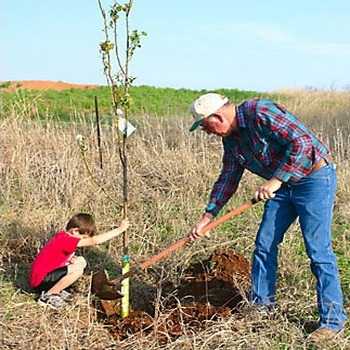
If cherry seedlings are planted along the fence, they should be placed on a well-lit side. In order to avoid shading of cherries by other trees (for example, apple trees), plantings are placed on the south side. If you plant a cherry on the north side, the tree will stretch out and practically will not bear fruit at all. Dwarf and semi-dwarf trees also require adequate lighting and warmth.
Cherry grows well on soils of various types, however, in order to obtain a high yield and sustainable fruiting, it is planted on fertile land with high physical characteristics, sufficiently moist, into which a lot of air enters. Such properties are characteristic of chernozem, light loamy and forest soils.
Cherry does not tolerate heavy clay soils, as well as acidic. Lowlands and valleys are unsuitable for planting this culture, because cool air and moisture are concentrated in these places. The most favorable conditions for the full growth and development of cherries are on soils with a slightly acidic or close to neutral reaction.
Distance between cherry seedlings when planting
The best planting material for arranging a cherry orchard, both in the southern part of Russia and in the middle lane, are annual seedlings with a well-developed crown. However, in the northern regions, it is preferable to plant biennial seedlings.
Before planting seedlings, it is necessary to check the depth of the location of the groundwater. They should be at a distance of about 2 m from the surface of the earth. Seedlings are prepared for planting as follows: after taking them out of the winter digging hole, they are carefully examined, damaged roots are cut off, as well as unnecessary branching of the crown.
Planting is carried out early, since the dug-in seedlings can quickly begin and begin to grow. If you are late with planting, the seedlings may not take root (even with satisfactory care for them).
Plowing the soil with the laying of mineral and organic fertilizers, as well as lime, if necessary, is carried out a maximum of 1,5-2 years before the trees are planted, and no later than September of the previous year.
If the soils have an average fertility rate, manure, compost or humus are used as fertilizer, which are usually applied at 5-6 kg per 1 m2. In the event that the soil is depleted, the rate of such fertilizers is 8-9 kg per 1 m2. Mineral fertilizers are applied in an amount 2 times less than organic fertilizers.
The distance between cherry seedlings depends on the variety. Trees with a wide crown, such cherry varieties as “Yubileinaya”, “Vladimirskaya” and “Shubinka”, are planted at a distance of 3,5 m from each other. The distance when planting semi-dwarf cherries is an average of 2,5 m.
When planting cherries, you can adhere to a scheme that assumes a dense arrangement of trees. This usually does not affect the taste of the fruit in any way.
Planting fruit trees: distance between plum saplings
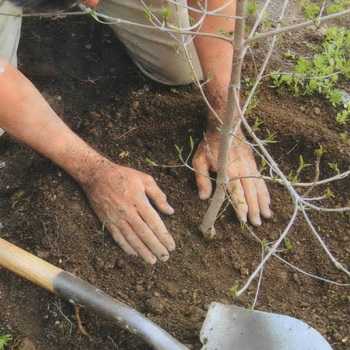
In order to plant a seedling, they dig a hole 60 cm deep and 90 cm wide. The top fertile soil layer is placed on one side, and the bottom one on the other. Then a planting stake is installed in the center of the pit and two-thirds of the top layer is filled with soil. Preliminarily, organic and mineral fertilizers are introduced into it: 12 kg of compost or rotted manure, 1 kg of superphosphate, 0,5 cups of potassium chloride or 5 cups of wood ash.
Planting plum seedlings is convenient for two people. The seedling must be installed from the north side, the roots are spread on the surface of the mound, and then fertile soil is poured into the hole. When properly planted, the root collar of the seedling is at a distance of 4-5 cm from the soil surface. After planting, a hole is dug around the young tree, after which the seedling is watered. Tying the plum to the stake is carried out using twine or film. If the groundwater level in the garden area is higher than 1,5 m, the soil is raised by 0,5 m before planting the plums.
